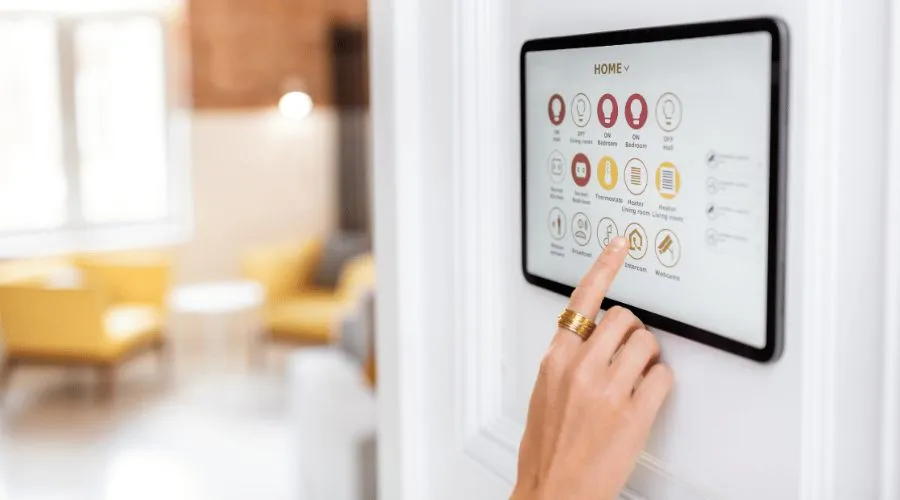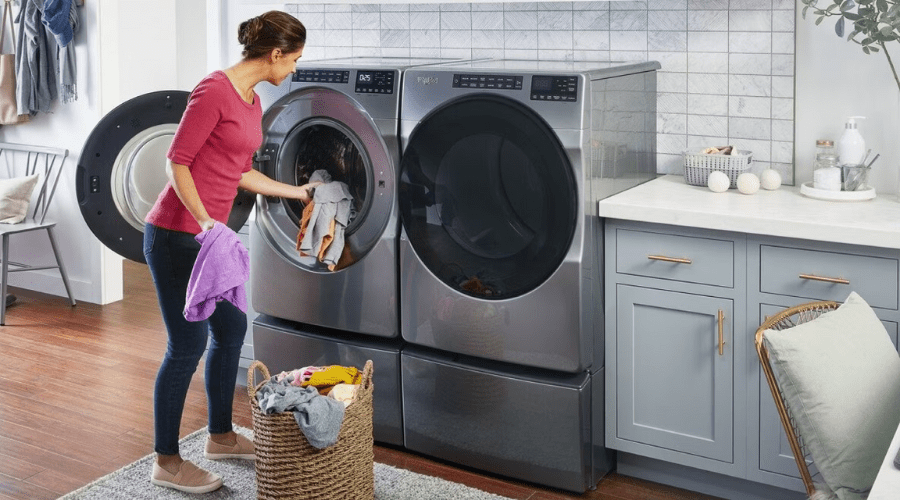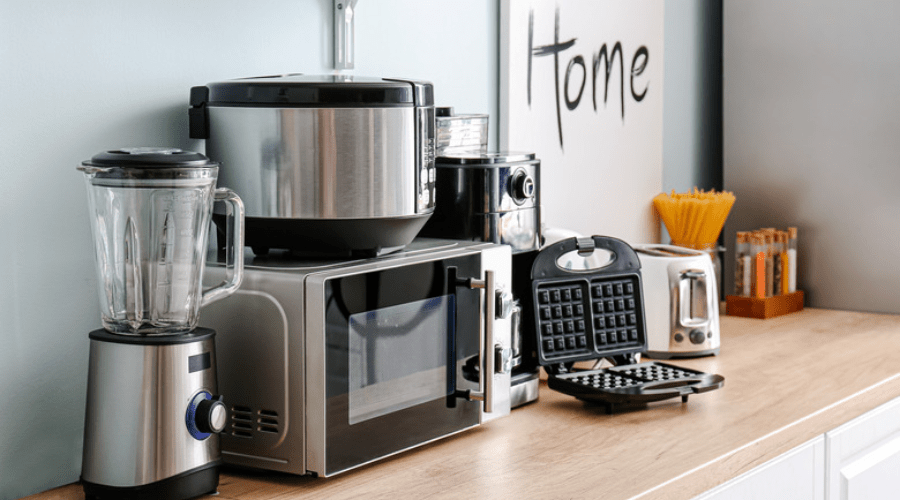
In the era of technological advancements, our homes are becoming smarter, more efficient, and more convenient, thanks to the rise of smart home devices. These innovative gadgets are transforming the way we live, offering a seamless integration of technology into our daily lives. From thermostats to lighting systems, security cameras to voice-activated assistants, smart home devices are taking center stage in modern households. In this blog, we’ll explore the world of smart home devices, understand their benefits, and discuss the future of home automation.
The Rise of Smart Home Devices
Smart home devices encompass a wide range of products designed to enhance the overall quality of life through automation and connectivity. These devices leverage the Internet of Things (IoT) technology, enabling them to communicate and share data over a network. The market for smart home devices has experienced exponential growth in recent years, with an increasing number of homeowners opting for these intelligent solutions.
Smart Thermostats: Enhancing Comfort and Efficiency
One of the pioneers in the smart home revolution is the smart thermostat. These devices go beyond traditional temperature control, offering features such as learning user preferences, adjusting settings based on occupancy, and even providing energy consumption insights. Brands like Nest and Ecobee have gained popularity for their sleek designs and intuitive interfaces, allowing users to control their home’s climate with just a few taps on their smartphones.
Creating a Connected Ecosystem
The true power of smart home devices lies in their ability to create a connected ecosystem. Many devices can seamlessly integrate, allowing for centralized control through a single platform or app. This interconnectedness enhances the overall user experience, making it more convenient and efficient.
Smart Lighting Systems: Setting the Mood with a Tap
Imagine walking into your home, and the lights automatically adjust to your preferred brightness and color temperature. Smart lighting systems, such as those offered by Philips Hue and LIFX, make this a reality. These systems allow users to control individual lights or entire rooms through a mobile app or voice commands. Additionally, they can be programmed to simulate sunrise and sunset, contributing to a healthier circadian rhythm.
Voice-Activated Assistants: The Heart of the Smart Home
Voice-activated assistants like Amazon’s Alexa, Google Assistant, and Apple’s Siri serve as the central hub for many smart home setups. These intelligent virtual assistants can control various devices, answer questions, play music, and even engage in casual conversation. The ability to use natural language commands makes them a user-friendly interface for managing the entire smart home ecosystem.
Enhancing Security and Safety
Security is a top priority for homeowners and smart home devices offer advanced solutions to address this concern. From smart doorbell cameras to sensors that detect unusual activity, these devices provide peace of mind by keeping homeowners informed and in control, even when they are away.
Smart Doorbell Cameras: A Modern Approach to Home Security
Gone are the days of traditional door peepholes. Smart doorbell cameras, exemplified by products like Ring and Nest Hello, offer real-time video streaming, two-way communication, and motion detection. Homeowners can monitor their front doors remotely, receive alerts for package deliveries, and even deter potential intruders through the integrated speakers.
Smart Smoke Detectors: Proactive Safety Measures
Traditional smoke detectors can be unreliable and may not provide timely alerts. Smart smoke detectors, such as those from First Alert and Nest Protect, offer additional features like mobile notifications, self-testing capabilities, and the ability to differentiate between smoke and steam. These devices not only enhance safety but also provide valuable information in case of emergencies.
The Future of Smart Home Devices
As technology continues to advance, the future of smart home devices holds even more exciting possibilities. From artificial intelligence-driven automation to increased energy efficiency, the next generation of smart homes will redefine the way we interact with our living spaces.
Artificial Intelligence in Smart Homes: Anticipating User Needs
The integration of artificial intelligence (AI) into smart home devices is set to revolutionize user interactions. AI algorithms can learn user habits and preferences, predicting actions and adjusting settings accordingly. For example, smart thermostats may learn when a user typically arrives home and adjust the temperature to their preferred setting automatically.
Energy Efficiency: A Sustainable Future
Smart home devices play a crucial role in promoting energy efficiency. With the ability to monitor and control energy-consuming devices, homeowners can reduce their carbon footprint and lower utility bills. Smart appliances, such as energy-efficient smart refrigerators and washing machines, contribute to a more sustainable lifestyle.
Conclusion: Embracing the Smart Home Revolution
In conclusion, smart home devices are transforming our homes into intelligent, responsive environments that cater to our needs and preferences. From creating a connected ecosystem to enhancing security and safety, these devices are making our lives more convenient and efficient. As we look ahead, the future promises even more exciting developments, with AI-driven automation and increased energy efficiency leading the way. Embracing the smart home revolution is not just about keeping up with technology; it’s about creating a living space that adapts to our lifestyles, making every day a little bit smarter.








